mold-blown glass
cloudy background
acid-etched foliate decor
and wheel worked inserts for flowers
Perfect condition
Signed "Daum Nancy" with the Cross of Lorraine
France
circa 1910
height 10,5 cm
Biography :
The French Company of crystal Daum is a glassworks founded by the Daum brothers in 1878 in Nancy, in Lorraine. The workshops of the Daum brothers, Auguste (1853-1909) and Antonin (1864-1930), have formed some of the great names of Art Nouveau like Jacques Gruber, Henri Bergé, or Almaric Walter Schneider brothers.
Following the 1870 war, Jean Daum (1825-1885), notary in Bitche, selling his study and opts for France. He moved to Nancy in 1876 and ready, the same year the money several times in April and Bertrand, owner of St. Catherine glassware Nancy, a factory that produces bottles and ordinary glassware. The company does not find its financial equilibrium and Daum is forced to buy it back in 1878 and became head of a company of 150 workers in an area which he knows nothing. In 1878, Jean Auguste associates his son, but he does not know the first success of the company. At his death, in 1885, Augustus takes only the direction of the glass before being joined in 1887 by his brother Antonin, just graduated from the Central School of Arts and Manufactures of Paris. Given the poor financial health of glassware, Auguste, who followed legal training, is forced to take the lead. Antonin begins beautify current crockery. Familiar with the techniques of glass by training, he directs production to artistic creation. The brothers prepare, between 1889 and 1891, the establishment of an art department that is entrusted to Antonin. Augustus gives it all means work to follow the furrow dug by Emile Galle in the Art Nouveau glassware. The brothers prepare, between 1889 and 1891, the establishment of an art department that is entrusted to Antonin. Augustus gives it all means work to follow the furrow dug by Emile Galle in the Art Nouveau glassware. The brothers prepare, between 1889 and 1891, the establishment of an art department that is entrusted to Antonin. Augustus gives it all means work to follow the furrow dug by Emile Galle in the Art Nouveau glassware.
Antonin begins with some simple models to continue rapidly with acid etching, then goes to models using etching techniques to the wheel, glasses two or three layers. From 1890 to 1914, it does not create less than three thousand references.
Jacques Gruber is the first artist of glassware. Recruited in 1893, he was entrusted with creating parts to appear at the Chicago World Fair of 1893. It was the first major success that propelled Daum in the closed circle of the art industries . Daum will earn participation in the Nancy exhibition in 1894. Then there was the exhibition of Lyon (1894), Bordeaux (1895) and Brussels (1895 and 1897), during which they receive awards.
An art school was created in 1897 within the company as well as its own designers and engravers. Henri Bergé is master decorator is the second artist of the company. He will be joined Emile Writz from 1898.
The consecration of the adventure happens when the first grand prize for the art glass of the 1900 World Exposition is awarded to Daum and Gallé. Daum presents pieces carefully prepared: vases with a decor insert (patent 1899) and fixtures that become a specialty.
In 1904, Walter develops Almaric glass pasta, it shall be with Daum until 1915.
In 1901, the Statutes of the School of Nancy are officially laid. Emile Galle is the man behind this group and became president. Antonin is vice president. Antonin is also one of the personalities of the Chamber of Commerce of Nancy. It plays an important role in 1909 at the International Exhibition of Eastern France, which marks the end of the School of Nancy. Augustus died in 1909, Antonin is active until his death in 1930, but shares responsibilities with the son of Augustus John, and Paul Henry. John died in 1916, Henry's manager as his father. Paul is a graduate of the Institute of Physics and Chemistry of Nancy, he gradually take the place of Antoninus. Daum ensure after 1918, adapting the business to the new conditions of production, anxious to maintain quality there,
The company continues to participate in major exhibitions: Barcelona in 1923, International Exhibition of Decorative Arts in Paris in 1925, Colonial Exhibition in Paris in 1931.
In the 1920s, Paul directs production to Art Deco to the loss of public interest in Art Nouveau. Demand is high and successful business. It opens a second crystal Belle Etoile in Croismare in 1925 that Paul is the director. It provides white glass, balls, of Lorrain signed fantasy. Pierre Davesn creates models from 1928. The economic crisis of 1930 Belle Etoile button which is closed in 1934. Some large orders allow the company to continue production: in 1935, the 90,000 pieces in order Transatlantic Company glass and crystal for the liner Normandy.
After World War II, the crystal takes a prominent place under the direction of Henry and Michel Daum. The eldest grandchildren Antonin Antoine Froissart (1920-1971), an engineer from the Ecole Centrale Paris, is developing the production of a particularly transparent and bright crystal. This new crystal favors the creation of parts with thick and soft shapes, and bright appearance. Jacques, grand-son of Augustus, brings new life in 1965 by appealing to contemporary designers.



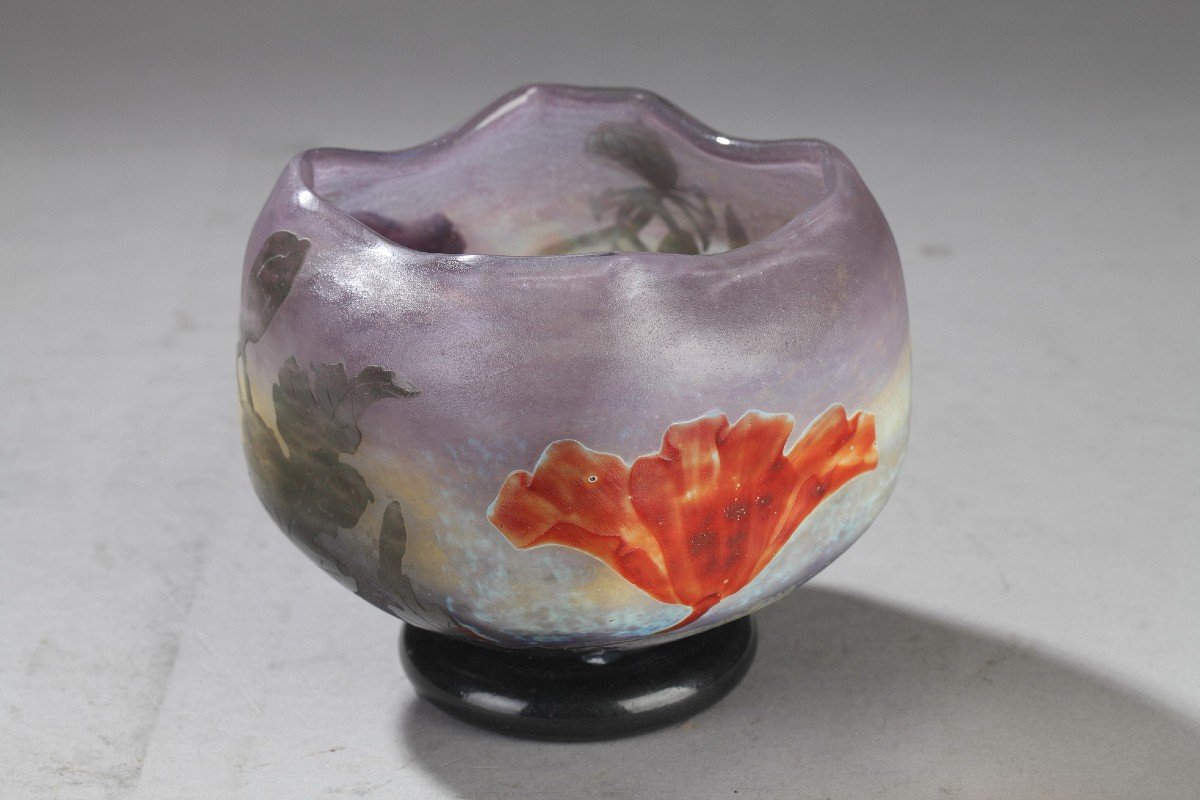

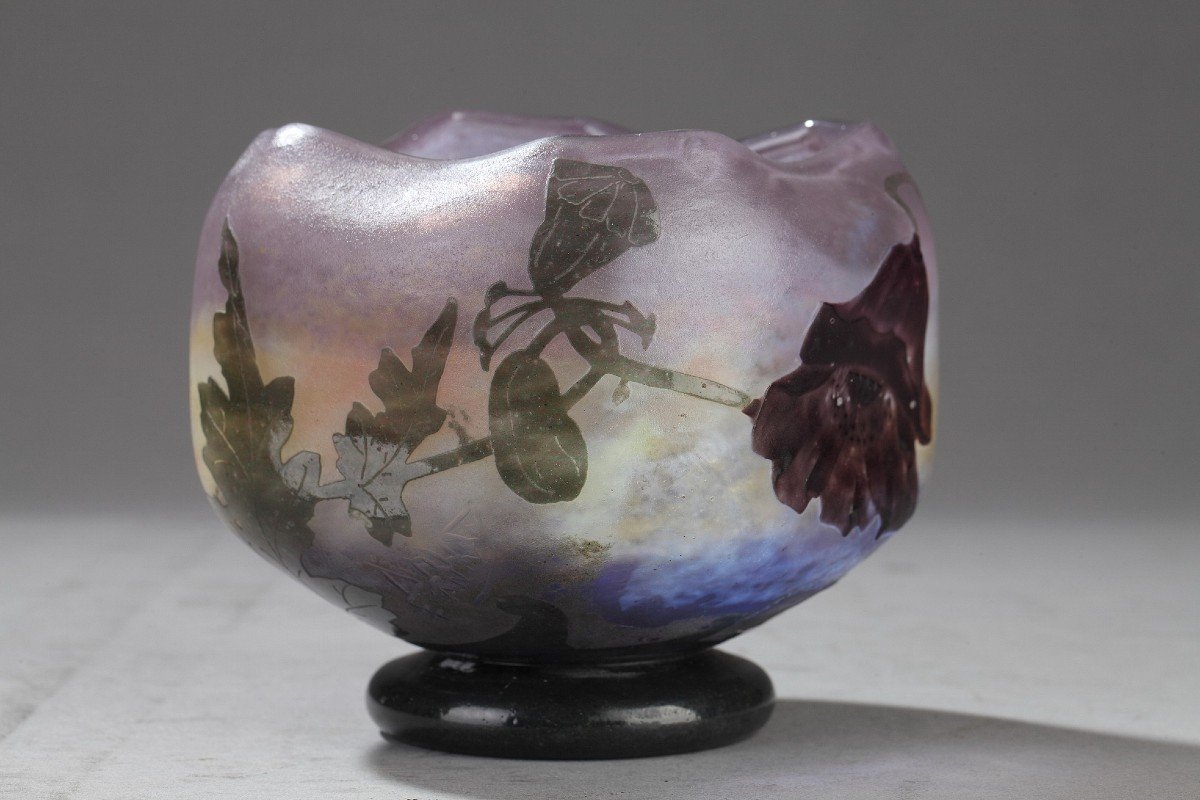

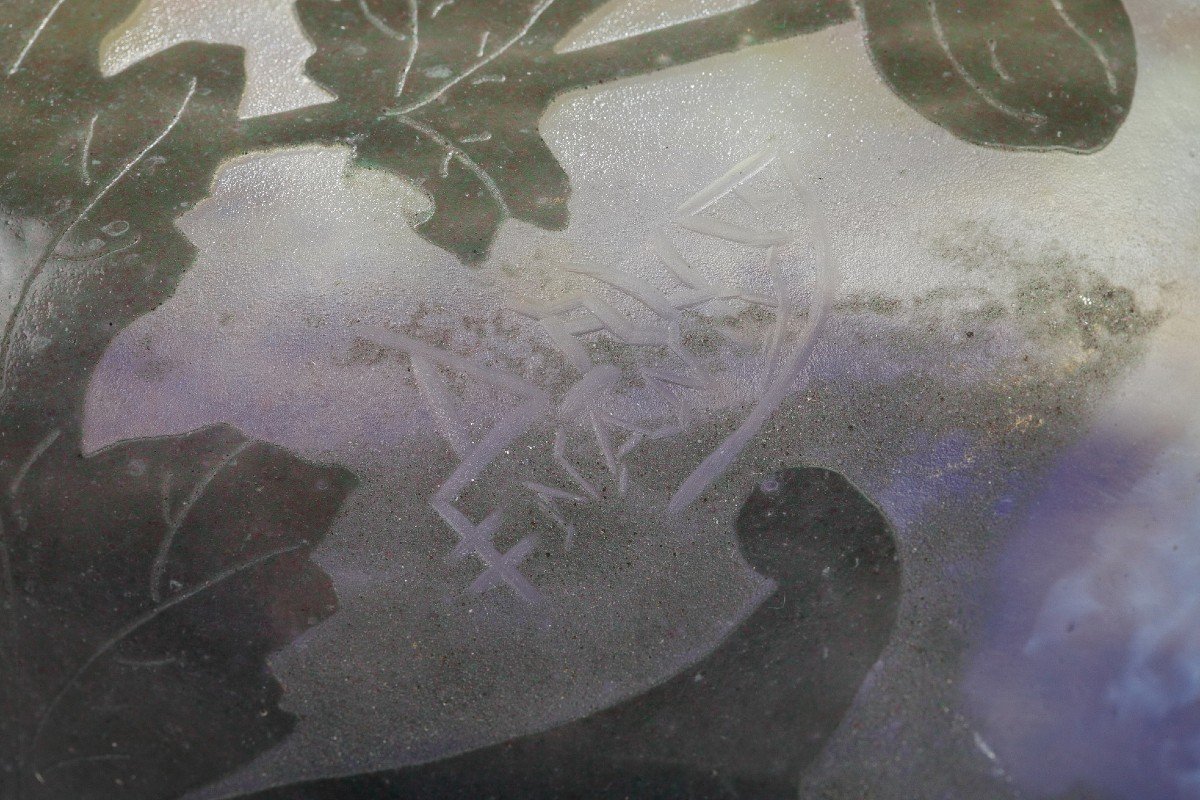










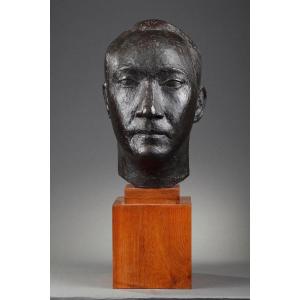
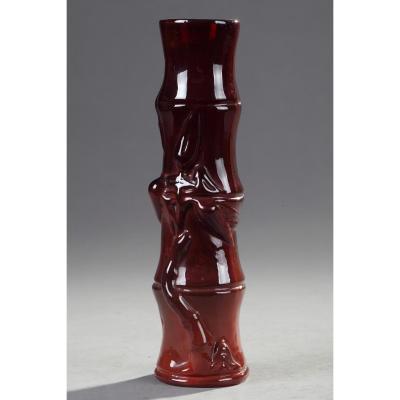
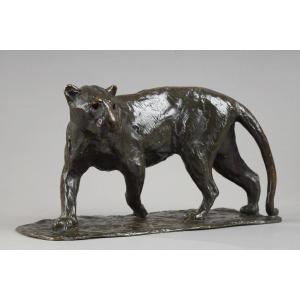
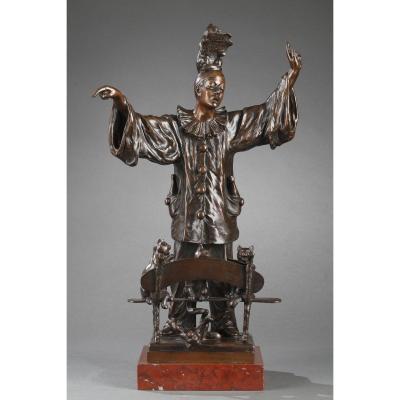



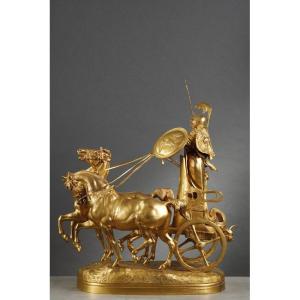
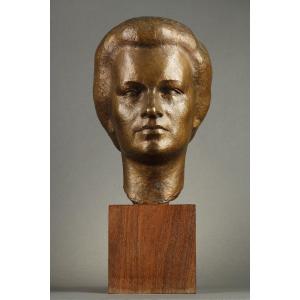
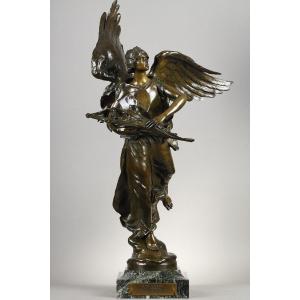

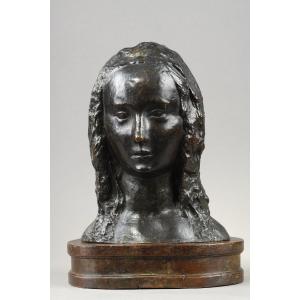
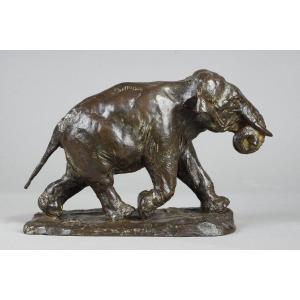


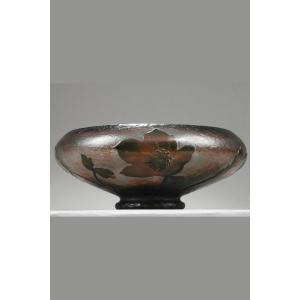





 Le Magazine de PROANTIC
Le Magazine de PROANTIC TRÉSORS Magazine
TRÉSORS Magazine Rivista Artiquariato
Rivista Artiquariato